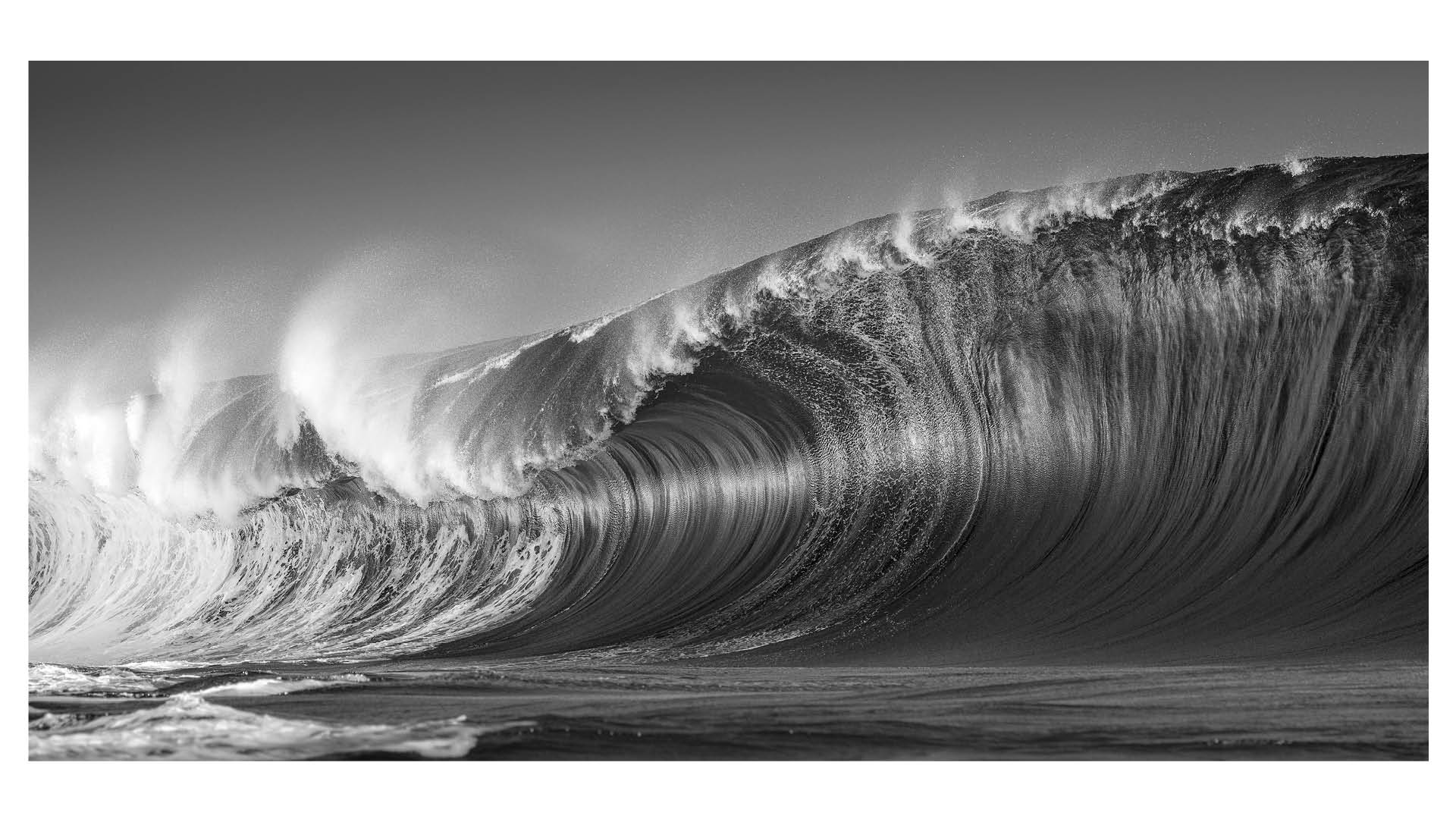The perfect lens for your portrait photography: Why focal length matters
Discover how these focal lengths can transform your portrait photography – and how each one shapes the way your subject is seen

If you're getting started with portrait photography, one of the biggest questions is: what lens should I use for portraits? With the best portrait lenses coming in so many options – from affordable options to high-end professional glass – it can be overwhelming to choose the right one for you.
The first factor to consider is the focal length, which significantly impacts how your subjects appear and feel within the frame.
I reached out to Christian Mayberry, also known as the Roktographer, to discuss the best focal lengths for different portrait shooting needs and styles. Christian is a seasoned professional with over a decade of experience in portrait, commercial, fashion, and concert photography.
To simplify the world of lenses, we will give you an overview of how the choice of lens impacts your portraits, and what else matters next to its focal length…
Portrait photography lenses – the basics

Christian explains, "When delving into portrait photography as a beginner, the question often arises: what's the ultimate lens to kickstart your journey? Focal length and aperture settings are vital to consider.
"While the focal length has an effect on the visual appearance of the subject and facial features, wide aperture settings (low f-stop numbers) enable you to create an atmospheric frame while highlighting the subject. However, this shallow depth of field is not just influenced by a wide aperture."
A low f-stop number means your lens can open its aperture wide, letting in more light and creating a shallow depth of field. This is what gives you that beautiful background blur, or bokeh, that really makes your subject stand out.
The best camera deals, reviews, product advice, and unmissable photography news, direct to your inbox!
However, because the area of focus gets smaller with open apertures (lower f-stop numbers), pay attention to keep your subject's eyes sharp and in focus. Changing the distance between your subject and the lens can also help create that soft, dreamy background.
Read more: What is depth of field?
The wide one – 35mm
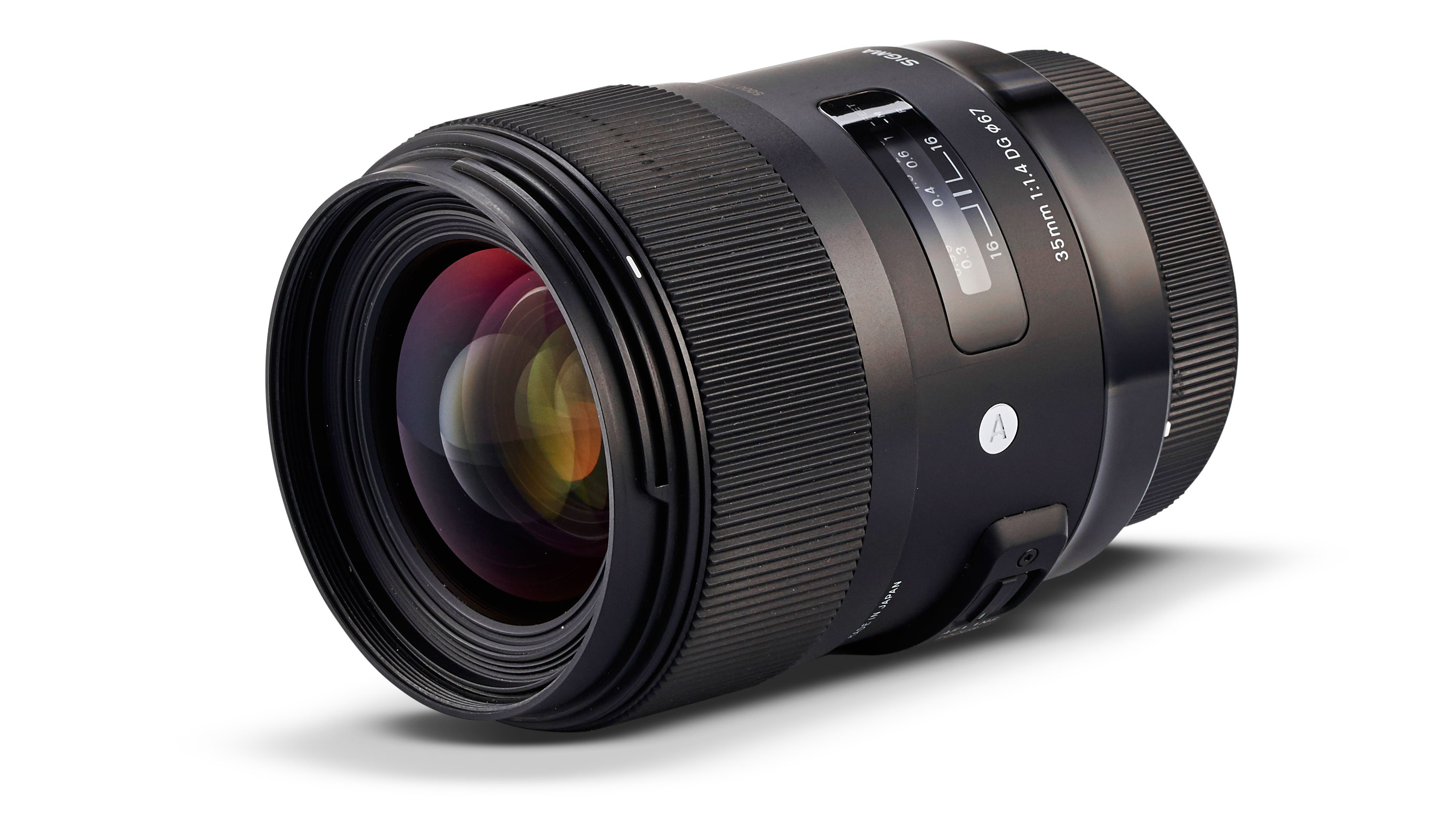
Christian's top choice for environmental portraits, 35mm captures a full- or half-body portrait while the background provides the viewer with contextual visual information. This way, the composition enhances the overall narrative and impact of the image.
He explains, "A 35mm focal length offers a natural look with minimal distortion. Benefits of 35mm include versatility and a balanced perspective."
The Sigma 35mm f/1.4 DG HSM | Art, for example, excels in portrait photography with exceptional sharpness, minimal chromatic aberration and a fast f/1.4 aperture.
Featuring a hypersonic motor for quiet, precise autofocus and a robust, ergonomic design, it's available for L, Sony E, Sigma SA, Canon EF, Nikon F, and Pentax mounts. Though it lacks weather sealing, its advanced optics deliver professional-level performance at a competitive price.
Read more: This pro photographer prefers a 35mm prime for portraits – and this is why
Nifty Fifty – 50mm
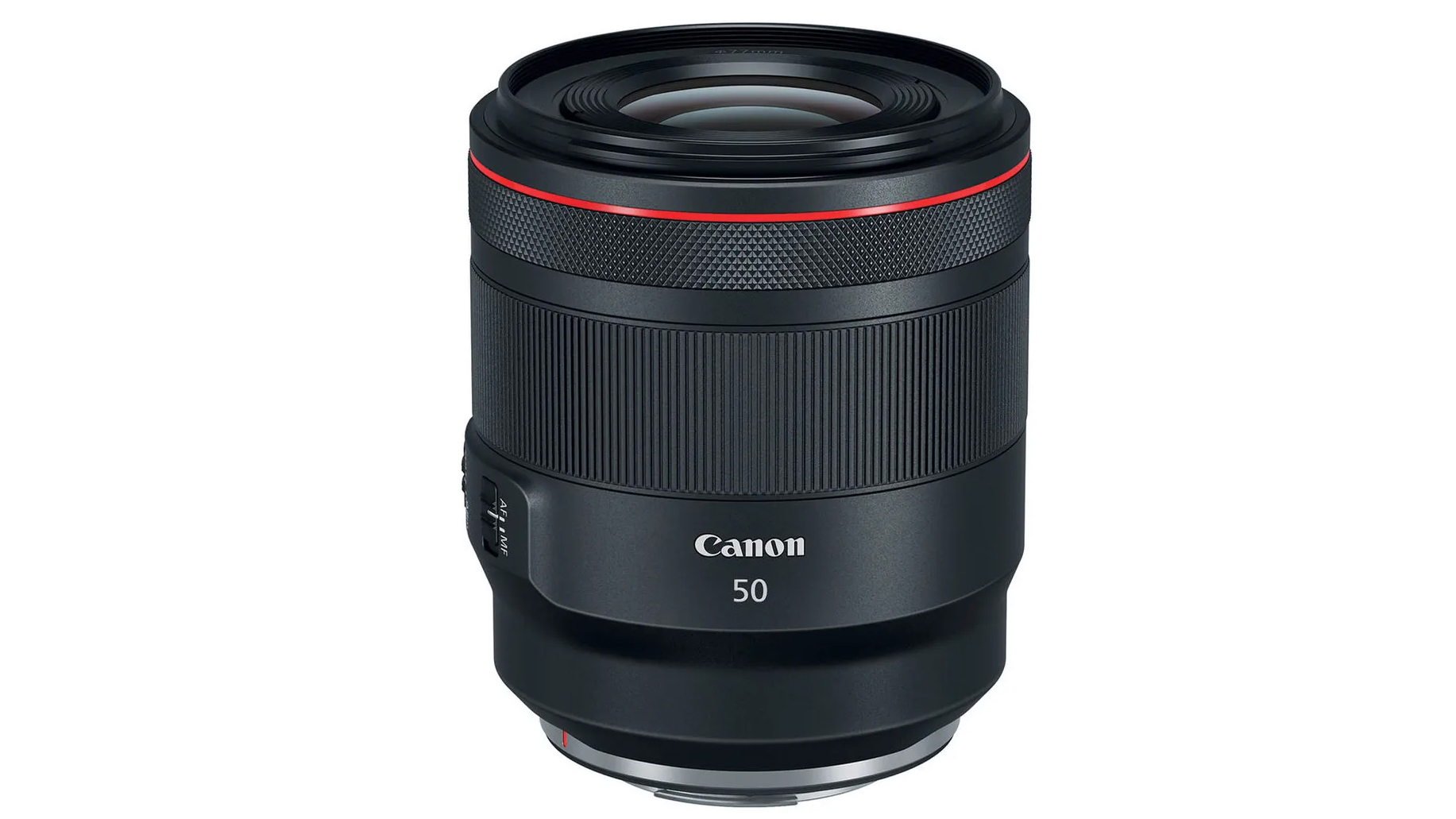
Affordability and compact size make these optics a favorite among many. Christian says, "It is ideal for creating classic portraits with a natural field of view as this focal length offers a perspective that is close to human vision."
While 35mm optics require positioning the subject further away from the lens, 50mm lenses enable you to get in closer, with the possibility of creating beautiful bokeh (the quality of the fore and background blur).
The Canon RF 50mm f/1.2L USM, for example, is a flagship prime lens, delivering outstanding optical performance with exceptional sharpness, minimal chromatic aberration and virtually no distortion – even wide open at f/1.2.
Built with 15 elements in 9 groups and a 10-blade aperture, it offers stunning subject separation and edge-to-edge clarity. Full weather sealing, internal focus and a customizable Control Ring add to its pro-grade appeal. At 950g, it's hefty – but a true showcase of what Canon's RF system can achieve.
Read more: Picture perfect, penny-wise portraits with a "nifty-fifty" lens
The classic choice – 85mm
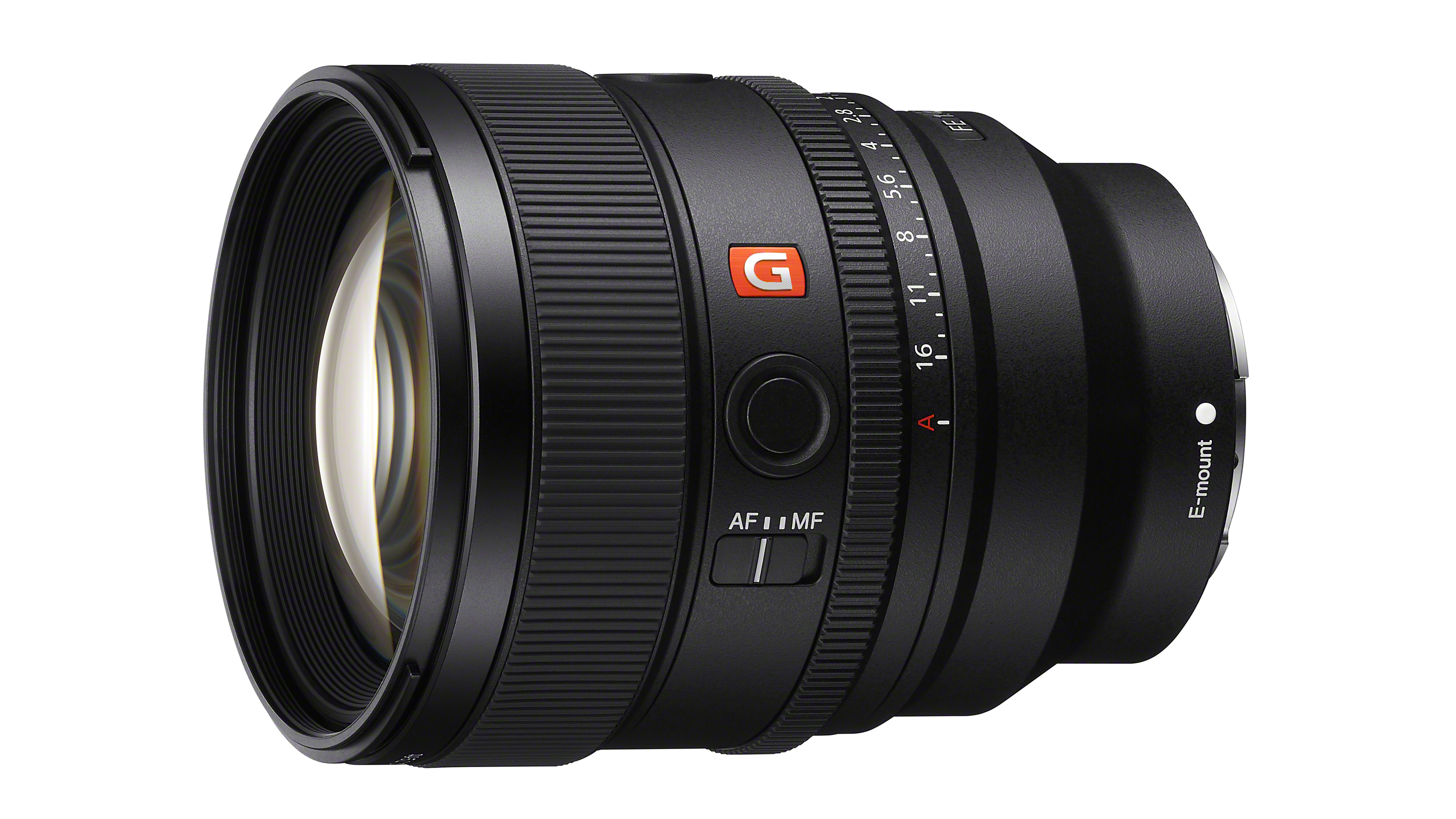
Christian explains, "This focal length is optimal for capturing headshots and close-up portraits when the focus is solely on your subject."
An 85mm lens is also great for versatility, as it creates a more tightly framed view than the human eye. It gives you the option to capture distant subjects without moving closer to them, which is key when creating event portraiture, for example.
The Sony FE 85mm f/1.4 GM II, for example, is a high-performance update to Sony's classic portrait prime (Sony FE 85mm F1.4 GM), offering faster autofocus, enhanced sharpness at f/1.4 and even smoother bokeh.
Weighing 642g, it's lighter, more ergonomic and adds pro touches like dual custom buttons, an Iris lock, and de-clickable aperture ring – delivering superb results with premium handling.
Read more: 14 tips for getting your best ever people shots
You might like...
Browse the best cameras for portraits, along with the best Nikon portrait lenses and the best Canon portrait lenses.
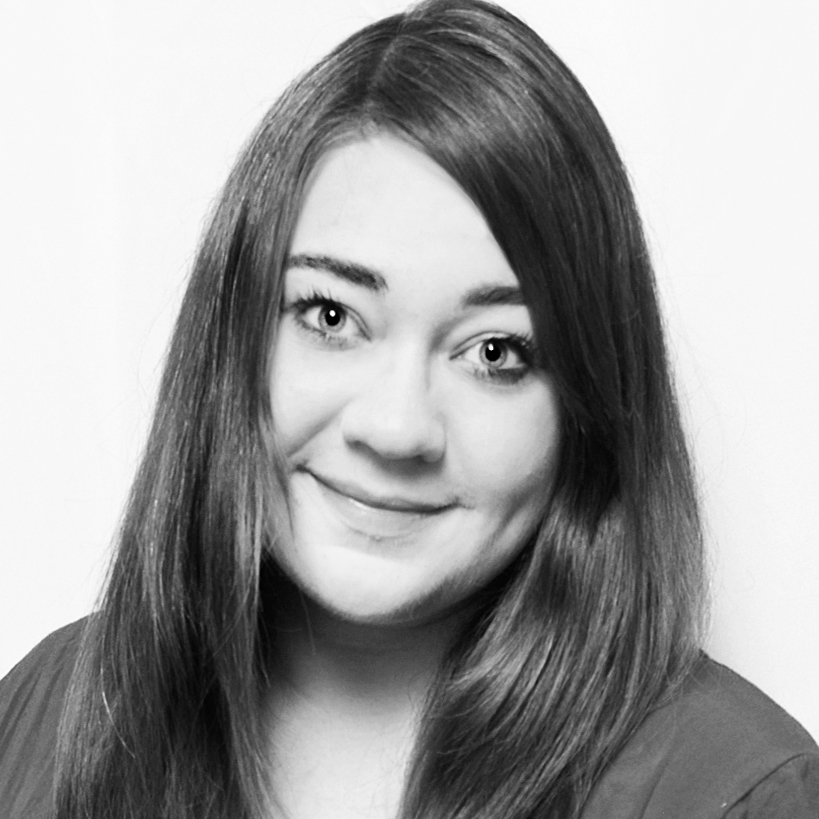
Kim is a photographer, editor and writer with work published internationally. She holds a Master's degree in Photography and Media and was formerly Technique Editor at Digital Photographer, focusing on the art and science of photography. Blending technical expertise with visual insight, Kim explores photography's time-honored yet ever-evolving role in culture. Through her features, tutorials, and gear reviews, she aims to encourage readers to explore the medium more deeply and embrace its full creative potential.
You must confirm your public display name before commenting
Please logout and then login again, you will then be prompted to enter your display name.
